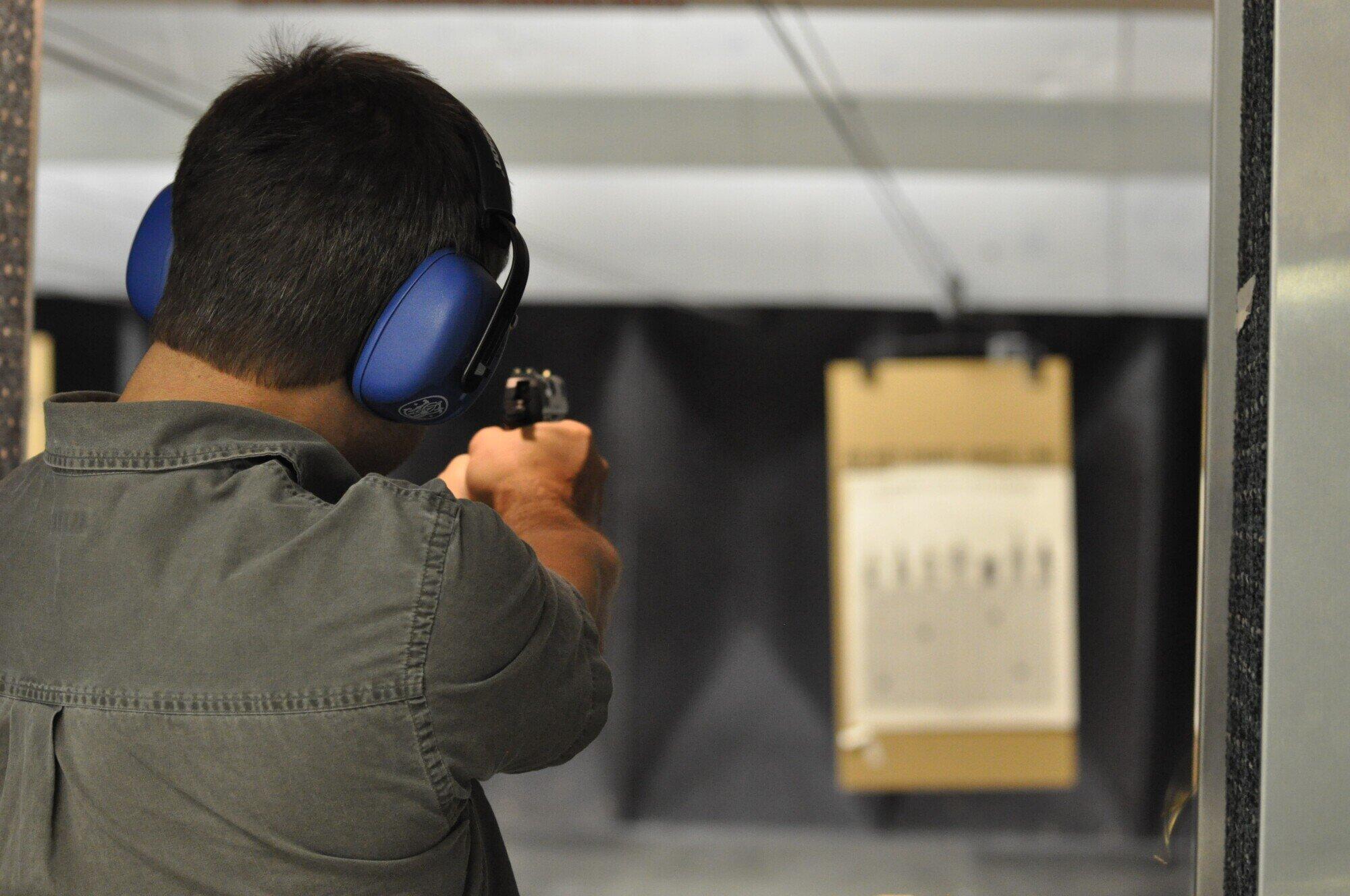
A firearm ownership transfer can seem complicated because of the legal rules involved. An FFL transfer is an important step in buying or selling firearms. This ensures that everyone follows state and federal laws. Understanding firearm ownership transfers is crucial for gun owners and anyone interested in firearms to stay responsible and compliant.
By familiarizing yourself with the FFL transfer basics, you can ensure a smooth transaction, stay compliant, and avoid potential pitfalls. Read on!
What Is an FFL Transfer?
An FFL transfer involves transferring a firearm from one party to another under the supervision of a Federal Firearms License (FFL) holder. This process ensures compliance with gun transfer laws.
This process simplifies legal requirements, making sure the buyer meets all standards set by Transfer Laws. It not only protects the seller from undue legal risk but helps keep firearms out of the hands of those who may misuse them.
The FFL Transfer Process
The FFL transfer process usually involves several key steps, beginning with the selection of an FFL dealer. Once both the buyer and seller agree on a transaction, the following steps typically occur:
Select a Federal Firearms License Dealer
Both parties must agree on a licensed dealer who will handle the transfer. It’s wise to choose someone reputable and familiar with state laws.
Complete the Necessary Paperwork
This includes filling out the ATF Form 4473, which records the purchaser’s information for a background check.
Background Check
The dealer will conduct a background check through the FBI’s National Instant Criminal Background Check System (NICS) to determine if the buyer is eligible to own a firearm.
Finalize the Transfer
If the background check is approved, the dealer will finalize the transfer, and the buyer can take possession of the firearm.
Knowing these steps is crucial, as it ensures compliance and a seamless experience.
Important Considerations for an FFL Transfer
Before completing an FFL transfer, there are several important aspects to consider:
State Regulations
Each state has its own laws regarding firearm transfers, including waiting periods and additional paperwork. Always check local regulations before proceeding.
Fees
FFL transfers often come with fees that can vary based on the dealer and the complexity of the transfer.
Transfer Duration
While many transfers can be completed in a day, some may take longer depending on the dealership and any potential issues that arise during the background check.
Staying informed about these factors can help you avoid unnecessary delays and ensure a smooth transfer.
Finding the Right FFL Dealer
Your choice of FFL dealer plays a significant role in the transfer process. Look for someone with a solid reputation and clear communication. For those in Texas, consider checking out the Texas gun club FFL, which offers exceptional services and knowledgeable staff to help guide you through the process.
Wrapping Up the FFL Transfer Journey
Understanding the FFL transfer process is essential for anyone involved in firearm transactions. By selecting a qualified dealer and completing the necessary steps diligently, you can ensure a legal, safe, and efficient transfer. Whether you are buying or selling a firearm, keep this guide in mind to ease your gun purchase or sale.
Ready to embark on your next firearms transaction? Reach out to a trusted FFL dealer today and make your experience enjoyable and compliant with the law. Visit our blog for more information.




